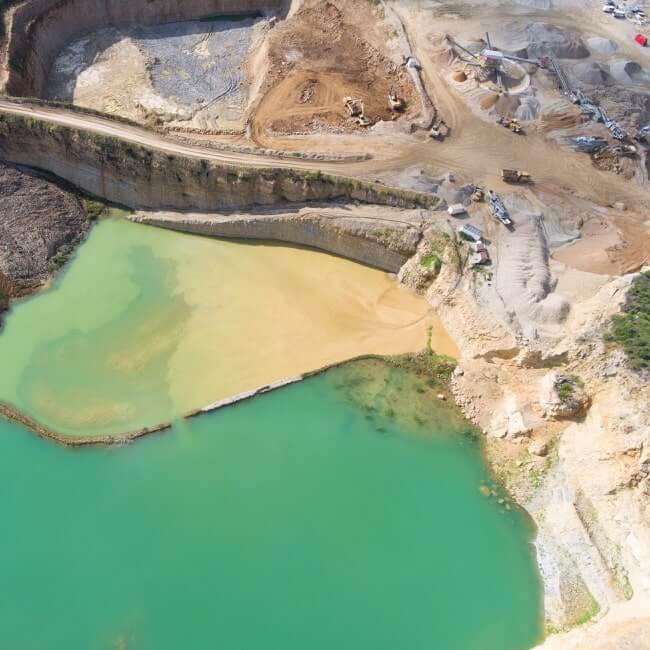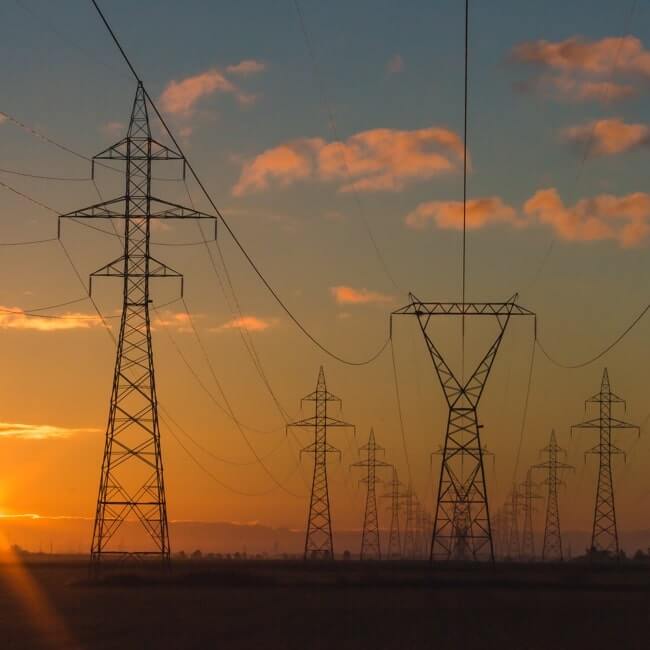LatAm regulators advance on clearing access to unused spectrum

Major economies in Latin America are increasingly adopting different and more efficient ways to assign idle or underutilized but highly valuable spectrum to mobile broadband.
One such option involves TV white spaces (TVWS), which are frequencies that have not been assigned or are otherwise not being used by broadcasters and other licensees in the VHF and UHF broadcast bands. They are often unused spectrum gaps between channels.
Brazil became the latest country to tip its toe into those waters with the approval by regulator Anatel of a draft resolution authorizing TVWS use. The regulation allocates the 54-72MHz, 174-216MHz, 470-608MHz, and 614-698 MHz frequency bands to telephony, broadband, or mobile services.
The occupation of traditional broadcasting frequencies by telecommunications services is “a global trend,” Anatel board member Vicente Aquino said in a statement, even though the television service needs “great protection against the interference of telecommunications operating in this band.”
Aquino proposed to add to the regulation of the use of spectrum sensors and the separation of frequencies between signals, in addition to power limitations, to increase broadcasting protection.
Authorizing the use of these frequencies for mobile services has the potential to leverage services and investments by different players, especially non-national ones, because, among other reasons, by usually operating in low bands, TVWS are seen as particularly useful for long range coverage in rural areas.
In Brazil, regional provider Brisanet has already expressed interest in the secondary use of TVWS using LTE and 5G.
The release of TVWS for the use of mobile broadband is one of the recommendations of the Inter-American Development Bank (IDB) for public broadband policies in Latin American countries. In a paper, the IDB recommends the promotion of unlicensed access to TVWS as part of dynamic access to unused spectrum.
The entity highlighted New Zealand’s regulation, according to which it created “an interim television white space (TVWS) licensing regime to allow TVWS trials to be deployed with a very light approach not requiring a spectrum database.”
The OECD, for its part, recommends approaches such as white spaces “should be used experimentally with caution” in Latin America. Yet, given the worldwide success of Wi-Fi technology "and the important role it plays in mobile traffic offloading, policymakers in the region should conduct needs assessments for unlicensed spectrum, to avoid congestion."
The more spectrum – and the more diversified – the better.
Yet, according to 5G Americas, by the end of the first half, the total amount of spectrum assigned to mobile services in Latin America was 406MHz, as a regional average of 18 countries. This amount represents only 20.7% of the recommended by the International Telecommunication Union (ITU) for 2020 and 31.2% of the 2015 recommendation.
After the awarding of spectrum bands in February as part of its 5G auction, Chile now leads mobile spectrum assignment, followed by Brazil, whose spectrum auction is due November 4, and Peru.
COLOMBIA LEADING THE LINE
The TVWS trailblazer in Latin America was Colombia, which approved its use in 2017.
Public broadcaster Telecaribe was authorized to provide both broadcasting and internet services, having deployed TVWS pilots to cover six schools in rural areas. Telecaribe relied on the same tower for the broadcasting and the TVWS antennas, “showing that both signals can coexist without harmful interference,” the IDB wrote.
Following Colombia, Trinidadian regulator TATT approved a framework allowing access to the TVWS, also in 2017.
More recently, El Salvador, as part of its digital agenda, connected 281 schools using the white spaces allocation.
In Peru, transport and communications ministry MTC assigned the 470-698MHz frequency band to TVWS to provide internet in rural areas this year. According to the MTC, about 93% of the country's localities use less than 10 channels in the UHF band.
Finally, earlier this month, Chile’s telecommunications regulator Subtel carried out a connectivity pilot test using TVWS allocation. The test was carried out in the José Painecura Mapuche community in Araucanía region.
The other participants were Compromiso País, Microsoft – a strong TVWS promoter in the US and Latin America – IDB, Universidad de Chile, Fundación País Digital, Desafío Levantemos Chile, Araucanía Digital, NIC Chile, GTD, Telsur, YBS Telecom, Radwin and Silica Networks.
Subscribe to the leading business intelligence platform in Latin America with different tools for Providers, Contractors, Operators, Government, Legal, Financial and Insurance industries.
News in: ICT (Mexico)

Spotlight: Consolidation and investment ops in LatAm's fiber market
Despite growth in expected demand and the customer base, the outlook for the market in 2025 is not particularly bright.

What happened to Mexico's B2B mobile sector in 2017-24?
Mobile connectivity expanded and prices fell, according to a study by regulator IFT.
Subscribe to Latin America’s most trusted business intelligence platform.
Other projects in: ICT
Get critical information about thousands of ICT projects in Latin America: what stages they're in, capex, related companies, contacts and more.
- Project: Santiago 2 Data Center Expansion
- Current stage:

- Updated:
6 months ago
- Project: RIO2 Data Center (RIO1 Expansion)
- Current stage:

- Updated:
6 months ago
- Project: DataTrust data center
- Current stage:

- Updated:
7 months ago
- Project: Humboldt Project (Trans-Pacific Submarine Cable, Asia-South America)
- Current stage:

- Updated:
7 months ago
- Project: Refefo fiber optic backbone network update (Stage 3)
- Current stage:

- Updated:
7 months ago
- Project: QR03 Data Center
- Current stage:

- Updated:
7 months ago
- Project: Norte Conectado Program (Infovia 02)
- Current stage:

- Updated:
7 months ago
- Project: QR02 Data Center
- Current stage:

- Updated:
7 months ago
- Project: Norte Conectado Program (Infovia 08)
- Current stage:

- Updated:
8 months ago
- Project: Norte Conectado Program (Infovia 06)
- Current stage:

- Updated:
8 months ago
Other companies in: ICT (Mexico)
Get critical information about thousands of ICT companies in Latin America: their projects, contacts, shareholders, related news and more.
- Company: Huawei Technologies de México S.A. de C.V. (Huawei Technologies de México)
-
Huawei Technologies de México S.A. de C.V., branch of the Chinese Huawei Technologies, offers information technologies and communication services and solutions. Its broadband se...
- Company: Carso Infraestructura y Construcción, S.A.B. de C.V. (CICSA) (CICSA)
-
Carso Infraestructura y Construcción (CICSA) is a Mexican company belonging to Grupo Carso's infrastructure and construction division. The firm is involved in the development of...
- Company: Altman Solon México
-
The description contained in this profile was extracted directly from an official source and has not been edited or modified by BNamericas researchers, but may have been machine...
- Company: NextStream México
- Company: Amistad Industrial Developers
- Company: Google Cloud Latinoamérica




